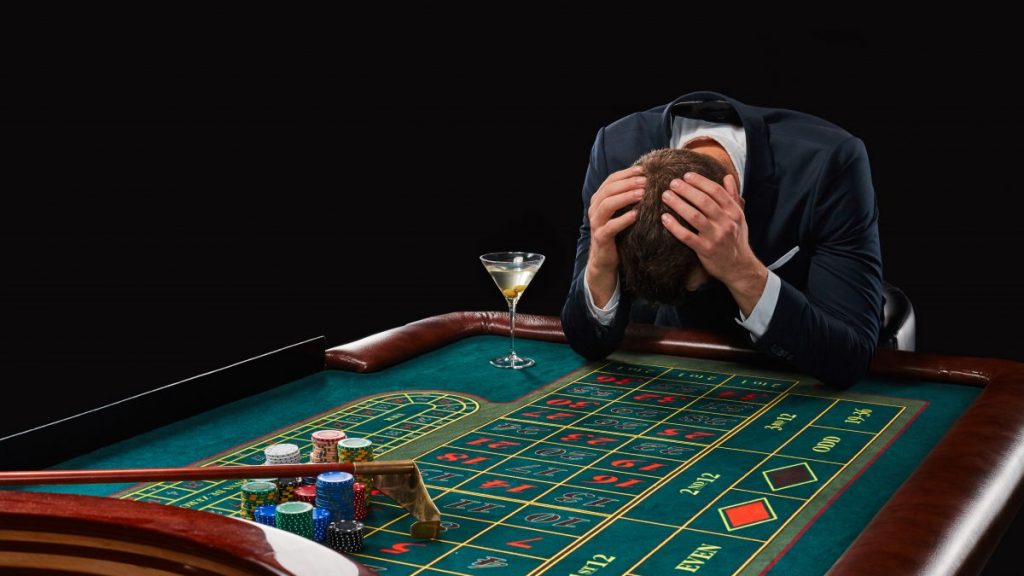Bluffing is one of the most powerful tools in online poker, but it is also one of the most misunderstood and misused. The key to successful bluffing lies in timing and context; it is not about simply pretending to have a strong hand but rather about telling a convincing story through your betting patterns and actions. A successful bluff starts with assessing the table dynamics and understanding your opponents’ tendencies. For instance, bluffing against a highly aggressive player might not be as effective as bluffing against a cautious, tight player who folds more often. Knowing when and whom to bluff is crucial; it is not just about having the courage to make the move but having the insight to know when it is likely to succeed. Recognizing moments when your opponent shows weakness, such as checking frequently or making small bets, can be prime opportunities to execute a well-timed bluff.

Another essential technique in bluffing is maintaining consistency in your behavior and bet sizes to make your story believable. When bluffing, your actions should mimic those you would take if you genuinely had a strong hand. This means varying your play style and being mindful of how you have bet on similar hands previously. For example, if you typically make large bets when you have a strong hand, your bluff should follow the same pattern. Inconsistencies can easily give away your strategy, especially if your betting suddenly changes when bluffing. It is important to pay attention to your own betting patterns throughout the game to ensure that your bluffs align seamlessly with how you play your winning hands and browse this site www.advanceddenturelab.com for more tips. Additionally, mixing up your play style by occasionally bluffing with a slightly stronger hand can keep your opponents guessing and prevent them from easily identifying your moves.
The psychology behind bluffing is as important as the mechanics of the play itself. Successful bluffing often relies on manipulating your opponents’ emotions and perceptions, making them doubt their own hands and decisions. A common psychological tactic is the semi-bluff, where you bluff with a hand that has potential to improve in future rounds. This not only adds an extra layer of deception but also provides a safety net if the bluff is called, as your hand could still turn into a winning one. Another psychological aspect to consider is the concept of representing the board — making your opponent believes you have a hand that fits the current cards on the table. This technique works particularly well when the board shows a possible straight or flush, allowing you to leverage those possibilities to convince your opponent that you have the winning combination. Overall, mastering the art of bluffing requires a blend of strategic thinking, keen observation, and psychological insight, enabling you to turn seemingly weak hands into opportunities for big wins.
